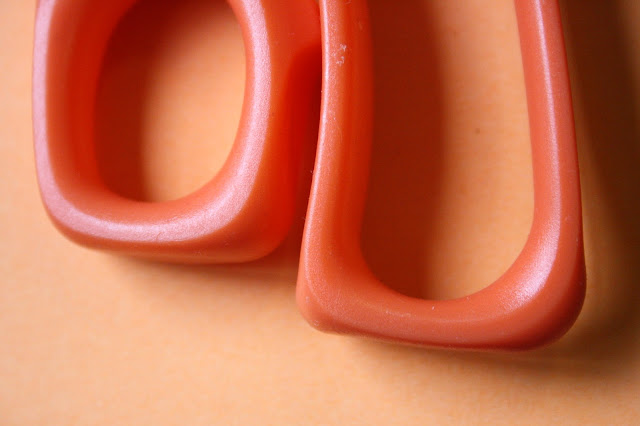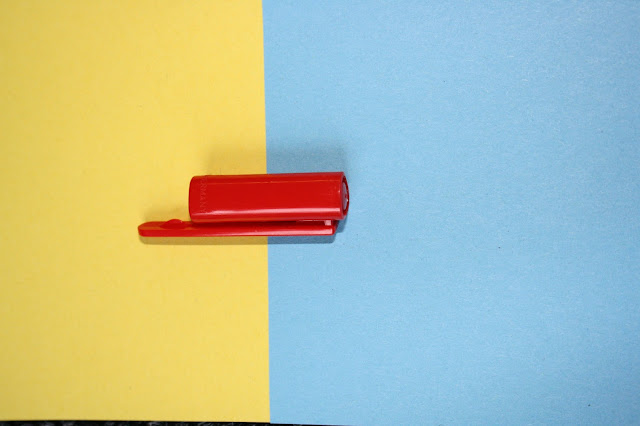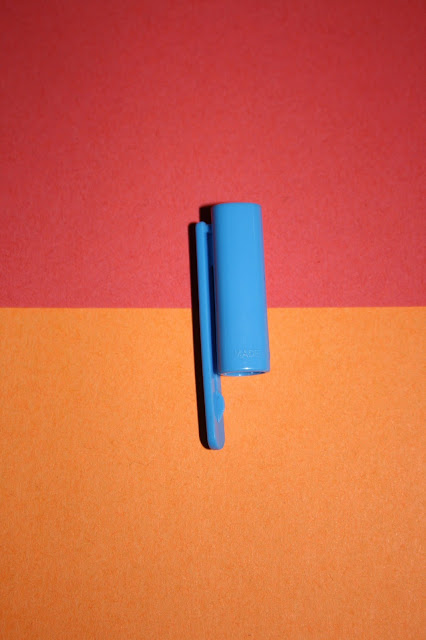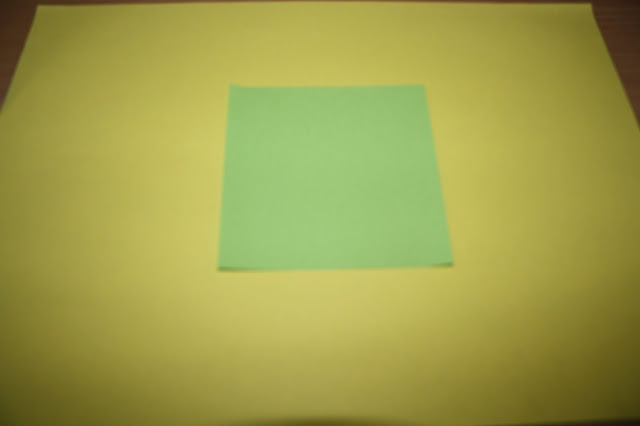Contrast of tone
formed by the juxtaposition of light and dark values. This could be monochromatic (single colour).
If the colour wheel is made monochrome you can distinguish what is the lightest, darkest and the mid tone from the actual colours (blue, yellow and red)
Mid tone and dark and light most readable, make it another mid tone becomes less readable.
Colours opposite on the colour wheel are most readable. Higher contrast. Colour has a tonal value.
The green shampoo has a higher contrast on the red paper in comparison to the red glove, because its directly opposite on the colour wheel.
There is a higher contrast between the purple pen lid and the yellow paper because they are opposite on the colour wheel.
The red mug has a higher contrast on the green paper because they are opposite on the color wheel.
The orange scissors have a higher contrast on the blue paper than on the red paper where there is a lower contrast, this is because the blue if further away on the colour wheel and the red is closer to the orange so has a lower contrast.
The green lighter has a very low contrast because the colours are extremely similar.
Contrast of temperature
Changes
the way we see colour, one colour can chnage another when placed next
to each other, it can create a perceived gradient.
Contrast of Saturation
Formed
by the juxtaposition of light and dark values and their relative saturations Saturation is similar to contrast,
however instead of increasing the separation between shadows and
highlights, we increase the separation between colors.
Complimentary Contrast
Formed
by juxtaposing complementary colours from a colour wheel or perceptual
opposites
Simultaneous Contrast
Formed
when boundaries between colours, they perceptually vibrate.
Contrast of Hue
Formed by the juxtaposing of different hues. The greater the distance between hues on a colour wheel, the greater the contrast
The green folder has a lower hue than the darker thread because it is closer to the orange on the colour wheel.
The orange paper has a lower hue when placed on the red card because it is closer to red on the colour wheel than green.
The green paper has a lower hue than the orange paper when placed on the yellow paper because it is closer on the colour wheel.
The green paper has a lower hue than the orange paper on the blue because it is closer to the blue on the colour wheel.
The orange has a lower hue because it is closer to the red on the colour wheel than yellow
The blue has a lower hue than the red on the green paper because it is closer to the green on the colour wheel.
Contrast of extension
Formed by assigning proportional field sizes in relation to the visual weight of a colour. Also known as the contrast as proportion.
As the green crosses the red the contrst of extension changes.












































































No comments:
Post a Comment